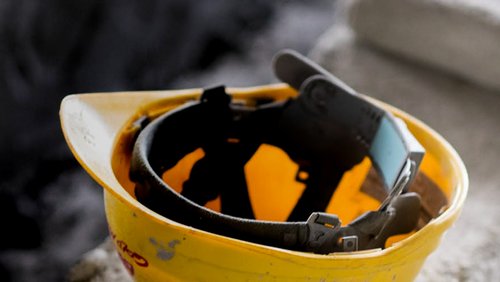23 Jun 2022
Taranaki engineer Andrew Fraser has been censured and reprimanded by a Disciplinary Committee for failing to take adequate steps to ensure health and safety when his client, a developer, made a boundary cut, endangering a neighbouring property.
In March 2016, a vertical cut was made along the boundary with a neighbouring property. The cut face was between 1.2m and 1.7m high and, over time, left that property unsupported and unable to be fenced.
The neighbours who owned the affected property complained Mr Fraser was either unaware the cut was made or acted incompetently in allowing an unsafe vertical cut to be made.
The Committee found Mr Fraser acted inappropriately when notified about the cut, saying his obligation was to safeguard the health and safety of people as soon as he became aware of it.
Mr Fraser’s advice to his client was verbal only. There was no evidence suggesting Mr Fraser informed the developer about the risk posed by the cut and how it could affect the neighbours and their property. The Committee expected a reasonable engineer to have provided a written summary of their advice, to provide both a written record and emphasise the significance of the issue.
The Committee was also concerned Mr Fraser did not reaffirm his advice to the development company to remedy the cut at any point, nor check his advice was being followed.
When approached by the complainants about the cut, Mr Fraser didn't attempt to engage with them but instead referred them back to the developer. Mr Fraser admitted to the Committee he should have been more helpful to the complainants.
The obligation to safeguard health and safety, and to refer matters to the appropriate regulatory body if they cannot be remedied, is a requirement of Chartered Professional Engineers as set out in the Code of Ethical Conduct.
Although the Committee found Mr Fraser’s conduct didn't meet the standard reasonably expected of a Chartered Member of Engineering New Zealand nor a Chartered Professional Engineer on this occasion, it didn't appear to be part of an ongoing pattern of behaviour.
“Failures relate more to poor communication and failure to document his recommendations. These shortcomings are discrete and there is no evidence of wide-ranging competency issues,” the Committee said.
Mr Fraser was ordered to pay a fine and costs for a total of $10,389 (plus GST).
Read the Case Summary of the decision.
Notes to reporters
Engineering New Zealand is New Zealand's professional body for engineers, with some 22,000 members. We represent – and regulate – our members. We also act as the Registration Authority for Chartered Professional Engineers.
Disciplinary Committees can make orders under the Chartered Professional Engineers of New Zealand Act 2002 and Chartered Professional Engineers of New Zealand Rules (No 2) 2002. Where an engineer is a member of Engineering New Zealand as well as a chartered professional engineer, orders can also be made under our membership rules and disciplinary regulations. The maximum fine that can be imposed is $5,000 under the Act or $10,000 under the membership rules.
Engineering New Zealand is strengthening its accreditation scheme for chartered professional engineers, including stronger assessment criteria and discipline-specific assessment for high-risk sub-disciplines such as structural engineering.
For more information or to arrange an interview, contact Lachlan McKenzie on 021 479 885.




